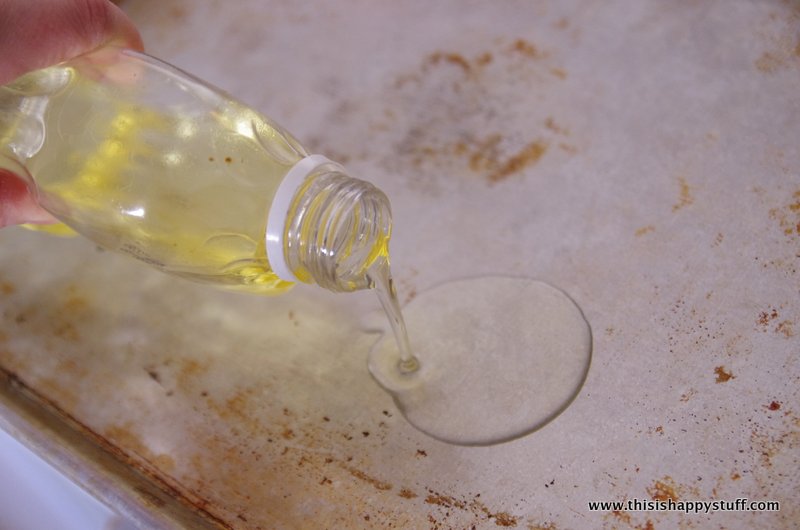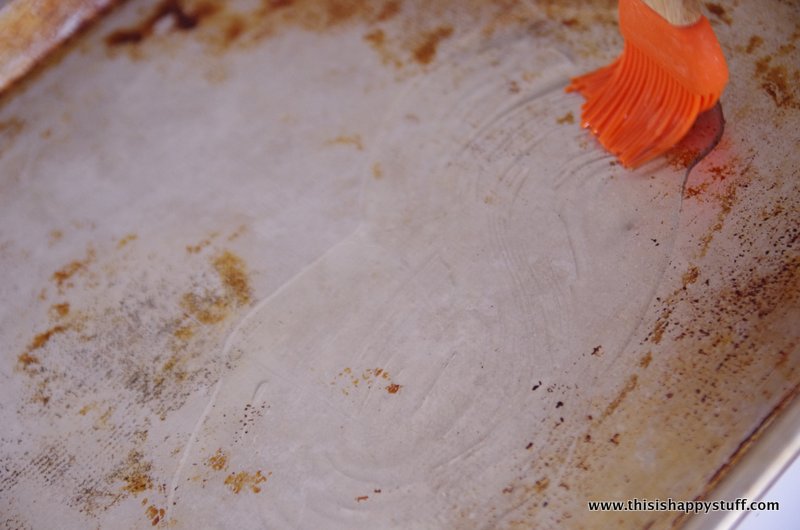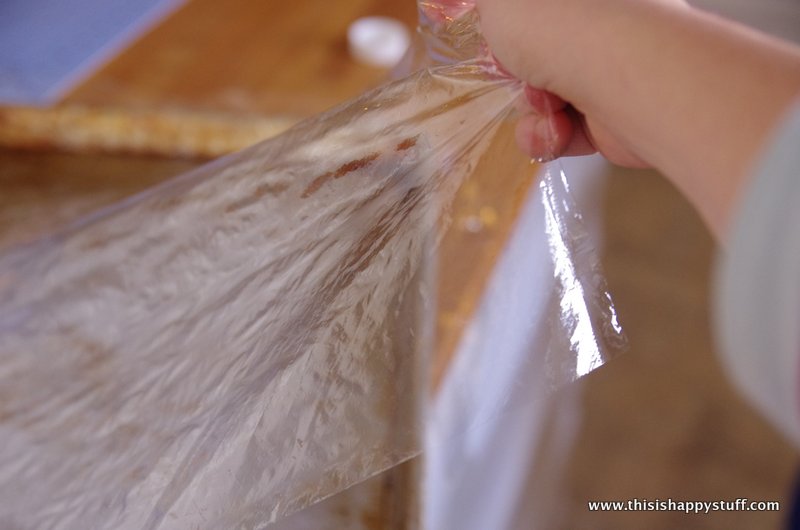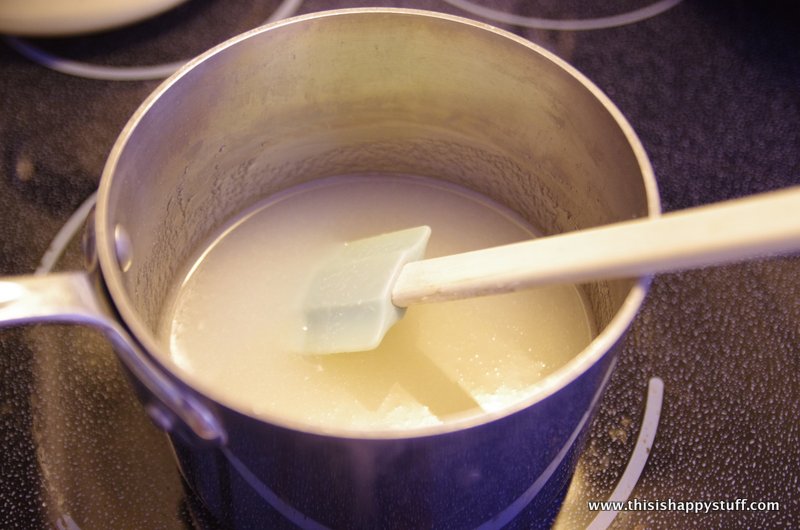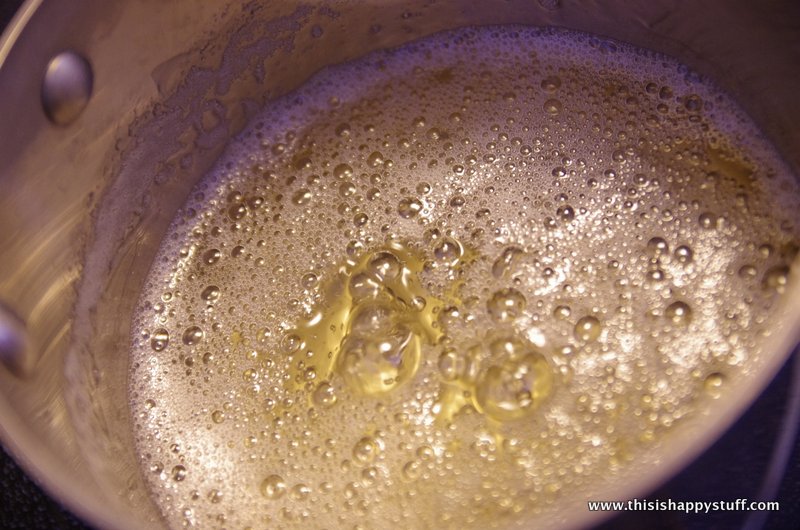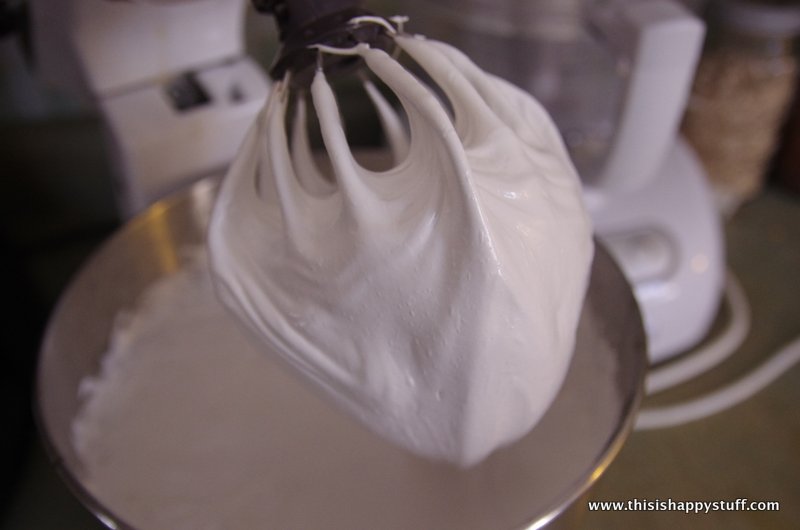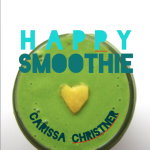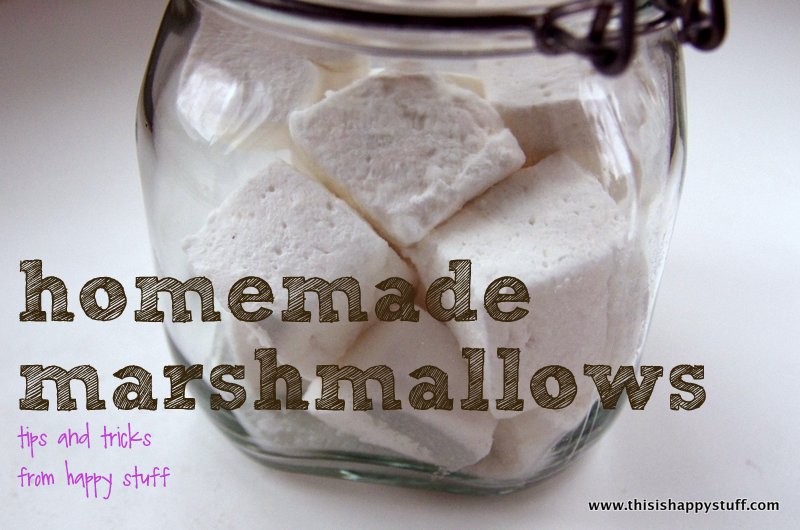 most of you have been reading my blog long enough to realize that whenever i promise to post something, it might take me awhile to get around to actually writing the post, but i think i usually get around to promised posts eventually (**now is your chance to put in a request for a post i promised long ago and that you’ve been waiting with bated breath to read ever since!**). such is the case with homemade marshmallows. i’ve had these pictures on my computer for a looooong time, but forgot to write the post until now. not that there aren’t a million billion tutorials on marshmallows out there already and not that i’ve got this process completely ironed out yet, but here’s a few tricks i’ve learned so far.
most of you have been reading my blog long enough to realize that whenever i promise to post something, it might take me awhile to get around to actually writing the post, but i think i usually get around to promised posts eventually (**now is your chance to put in a request for a post i promised long ago and that you’ve been waiting with bated breath to read ever since!**). such is the case with homemade marshmallows. i’ve had these pictures on my computer for a looooong time, but forgot to write the post until now. not that there aren’t a million billion tutorials on marshmallows out there already and not that i’ve got this process completely ironed out yet, but here’s a few tricks i’ve learned so far.
(note:Â this recipe at epicurious is the one i more or less follow)
#1–oil the pan, put down a generous sheet of plastic wrap on top of the oiled pan and then oil the top the plastic wrap. (so the layers go: pan + oil + plastic wrap + oil + marshmallow goo) the plastic wrap should overlap the edges of your pan enough to form handles to lift the marshmallow out when it’s all done. don’t add flour or powdered sugar or anything else to the oiled surface. this step makes taking the marshmallows out of the pan sooooo much easier and clean-up is a breeze. you can add the powdered sugar to the outside once the marshmallows have been cut. note: the flavor of the oil will affect the flavor of your marshmallows, so if you use old canola oil that’s been sitting in your cupboard for a year or more (just speaking in hypotheticals here, of course. ahem.), your marshmallows will have a faint stale taste, even when fresh. lately, i’ve been using some sunflower seed oil i found at our farmer’s market.
#2–sprinkle the gelatin over the water and then walk away and let it sit until it looks “brainy.” (that pile of dry gelatin on the top is probably not supposed to be there…)
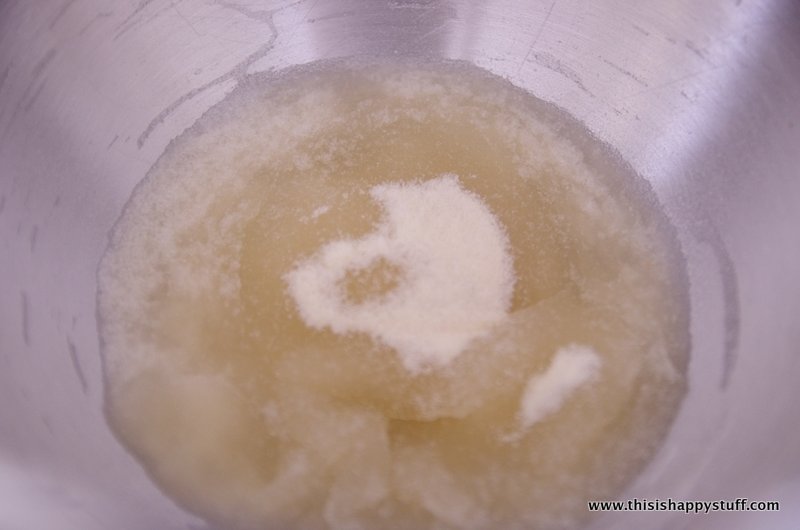 #3–the trickiest part of this whole process to explain online (and to understand in person) is how long you need to boil the sugar mixture. This is where the magic comes in and where you have to walk a fine line between making marshmallows and making peanut brittle. I’ve tried doing it several different ways and honestly, all of them are more or less successful in the end, although I’m still not completely convinced that mine are quite the right consistency when i pour them into the pan to cool, but here are a few methods for you to try:
#3–the trickiest part of this whole process to explain online (and to understand in person) is how long you need to boil the sugar mixture. This is where the magic comes in and where you have to walk a fine line between making marshmallows and making peanut brittle. I’ve tried doing it several different ways and honestly, all of them are more or less successful in the end, although I’m still not completely convinced that mine are quite the right consistency when i pour them into the pan to cool, but here are a few methods for you to try:
–candy thermometer: wait until it reaches 240 degrees. (a bit tricky if your thermometer isn’t digital)
–ice water baths:Â check it until it’s in the “soft ball” stage
–walk away until it smells right. this is how my friend taught me. she makes these professionally, so i’m not sure i’d recommend this method to a newbie, but having done it a few times, there is definitely a carmelized sugar smell that starts to curl around your nose when the sugar reaches this stage.
you should also note that you do not need to stir the mixture the whole time it’s on the stove. stir it a few times at the beginning to incorporate all the ingredients, and then stir a few times until it comes to a boil and turns clear, but once it boils, just leave it alone.
#4–when the marshmallow mixture has been beaten long enough, the pitch of the mixer’s whine gets lower and your marshmallow fluff will almost completely fill the whisk attachment, even when it’s lifted out of the bowl.
it is actually possible to over-beat the sugar mixture at the end of this process (that’s when it starts to become super duper stringy) but you also don’t want to drastically under-beat the mixture. my professional marshmallow-making friend swears that leaving it in for exactly 10 minutes is enough, but i found that with my machine 10 minutes was too long and left me with a stringy mess (which was a pain to get out of the bowl, but still tasted fine once they dried and were cut and sugared)–maybe because i overcooked the sugar? here’s a visual clue–when it’s done properly (which mine almost never is), you should get soft peaks when you pull the beater out of the bowl. if you get no peaks, keep beating. if you get a long string that connects beater to batter, you’ve gone a bit too long, but don’t worry, it will still work. after all, it’s really just sugar and you can’t go too far wrong with giant puffballs of sugar.
#5–if you’re desperate for a s’more and don’t have a gas stove to toast your marshmallow over, a toaster oven will work just fine.
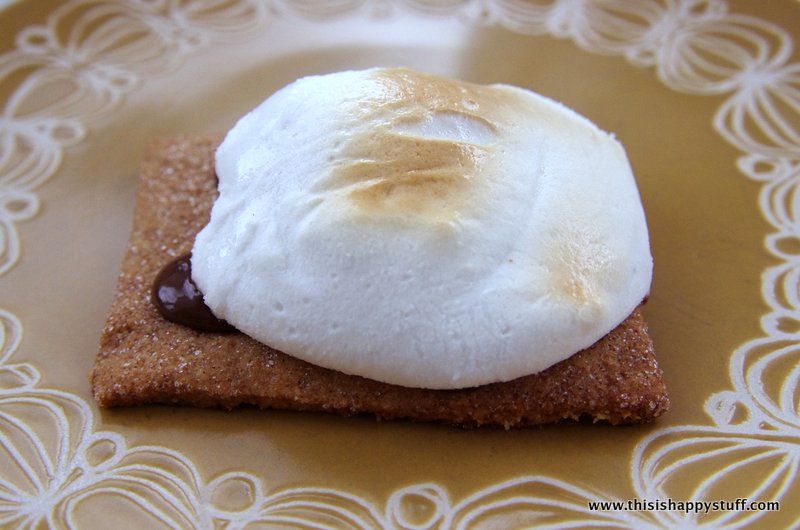 does that clarify the process for any of you? or just make it sound more terrifying to try without an in-person guide to walk you through the process? what details did i forget?
does that clarify the process for any of you? or just make it sound more terrifying to try without an in-person guide to walk you through the process? what details did i forget?

